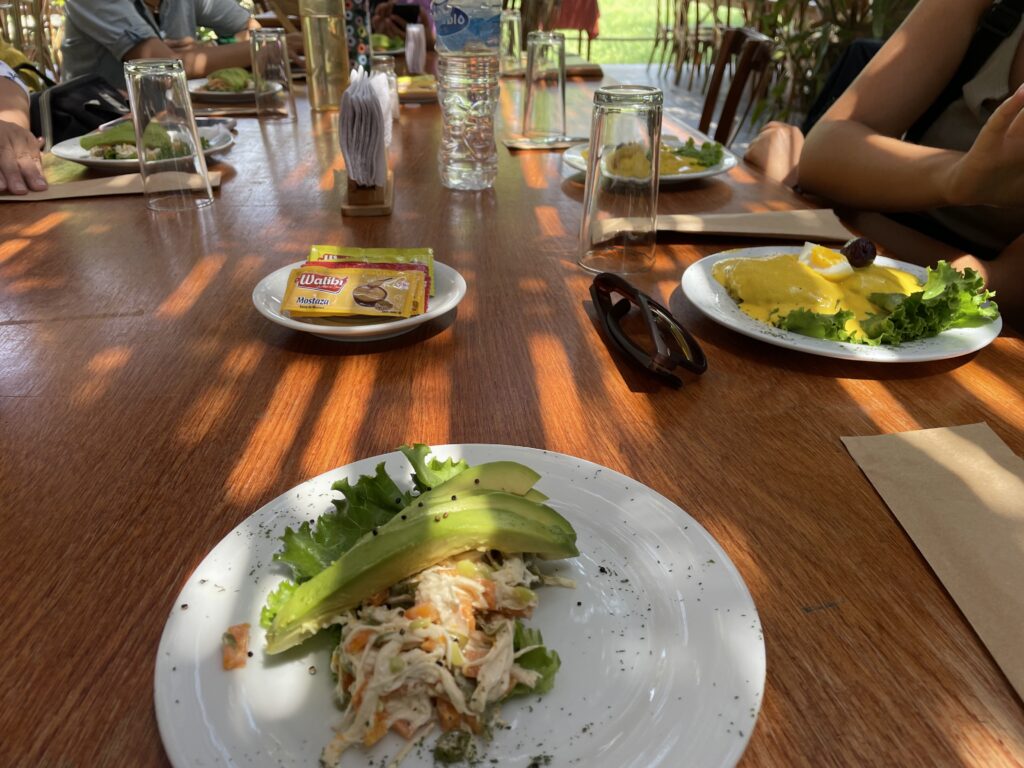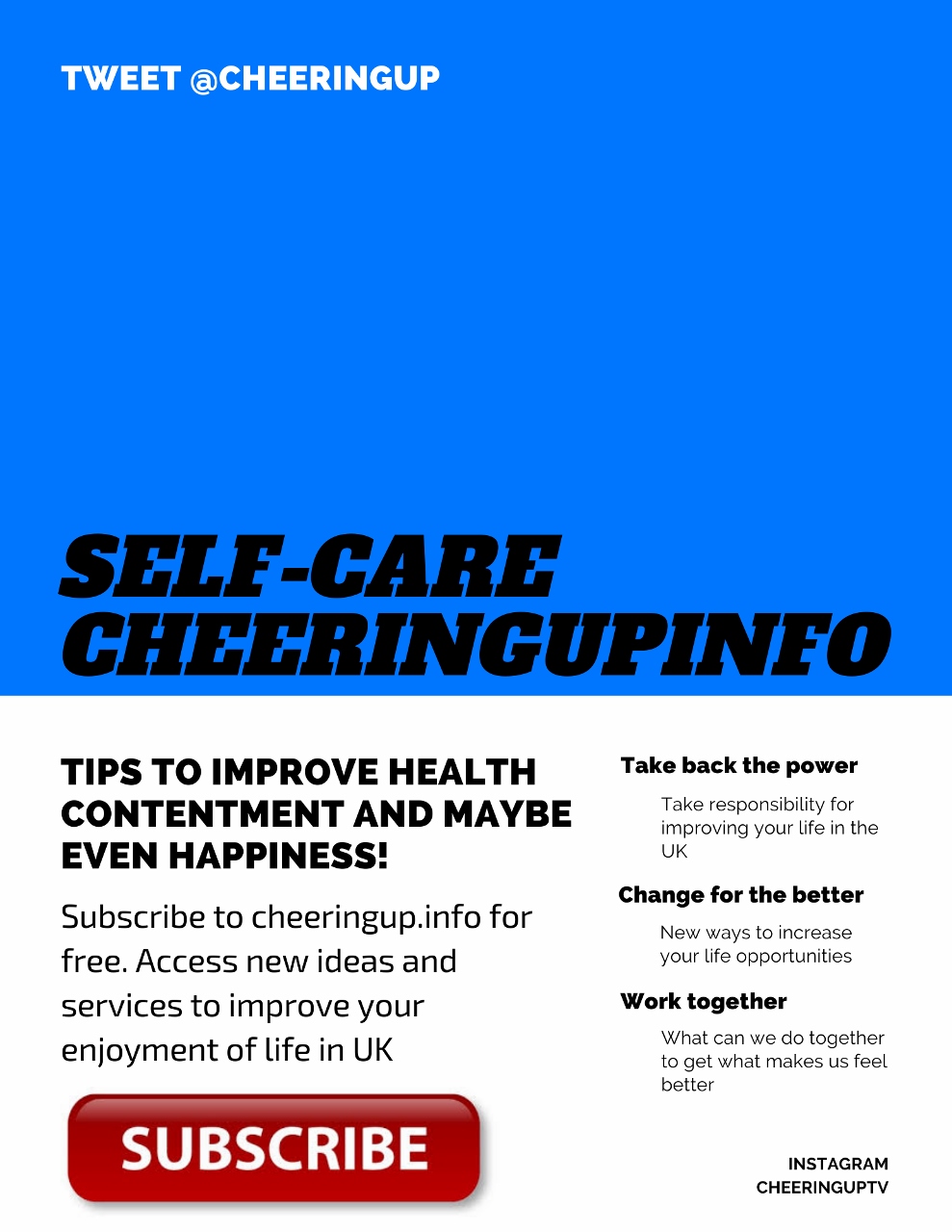The Future is Now: 12 Tech Jobs Shaping the World and How You Can Land One
Ten years ago, the landscape of work looked drastically different. The rise of technology has birthed entirely new industries, transforming the way we communicate, consume information, and even get around. This rapid change creates exciting opportunities, with a plethora of jobs that didn’t even exist a decade ago becoming crucial for our future. Intrigued? Here’s how you can leverage your skills and interests to carve a path in these burgeoning fields.
1. Driverless Car Engineer: Architecting the Future of Transportation
Imagine a world where commutes become stress-free reading sessions or power naps. Driverless cars are revolutionising transportation, and the engineers behind them are in high demand. This role requires a strong foundation in mechanical, electrical, and software engineering. If you have these skills, consider specialising in areas like robotics, sensor technology, and artificial intelligence (AI). Take online courses on platforms like Coursera or EdX to bolster your knowledge in these crucial areas.
2. Blockchain Analyst: Demystifying the Digital Ledger
Cryptocurrency may have grabbed the headlines, but the underlying technology, blockchain, is far more transformative. Blockchain analysts ensure secure and transparent transactions in this decentralised system. A background in computer science, cryptography, and finance would be ideal. Familiarise yourself with popular blockchain platforms like Ethereum and Hyperledger Fabric. Online resources like CoinMarketCap offer educational tutorials to get you started.
3. AI Ethicist: Ensuring Fair and Responsible AI
As AI becomes more sophisticated, ethical considerations become paramount. AI ethicists ensure AI development aligns with human values and avoids biases. This role requires a multifaceted skillset. A strong foundation in computer science should be complemented by a background in philosophy, ethics, and social sciences.
4. Cybersecurity Analyst: Guardians of the Digital Frontier
Cybersecurity threats are constantly evolving, and businesses need skilled professionals to safeguard their data. Cybersecurity analysts identify vulnerabilities, design security protocols, and respond to cyberattacks. If you have a knack for problem-solving and enjoy the challenge of puzzles, this path could be for you. Hone your coding skills in languages like Python and learn about penetration testing methodologies. Industry certifications like CompTIA Security+ are valuable assets.
5. UX/UI Designer: Crafting Seamless User Experiences (UX) and User Interfaces (UI)
In today’s digital world, user experience (UX) and user interface (UI) design are crucial for any website or app. UX/UI designers create intuitive and visually appealing interfaces that ensure a smooth user experience. This role requires skills in graphic design, user research, and information architecture. Build your portfolio by creating mockups for popular apps or websites. Online design tools like Figma and Adobe XD can help showcase your abilities.
6. Social Media Manager: The Voice Behind the Brand
Social media has become an indispensable marketing tool. Social media managers craft engaging content, manage online communities, and analyse social media data to drive brand awareness. Strong communication, writing, and analytical skills are key. Stay updated on the latest social media trends and platforms. Consider industry certifications offered by platforms like Facebook and Instagram.
7. AR/VR Developer: Shaping the Future of Reality
Augmented Reality (AR) and Virtual Reality (VR) are blurring the line between the physical and digital worlds. AR/VR developers create immersive experiences for gaming, education, and even training simulations. If you’re passionate about gaming and have a strong foundation in 3D modelling, animation, and programming languages like Unity or Unreal Engine, this field offers immense potential.
8. Esports Coach/Analyst: Guiding the Next Generation of Gamers
Esports, competitive video gaming, has exploded in popularity. Esports coaches strategise with teams, analyse gameplay, and develop training programmes. Esports analysts provide commentary and insights during tournaments. If you have in-depth knowledge of popular esports titles and strategic thinking, you could find your niche here. Consider building a strong online presence by streaming gameplay or creating esports content.
9. Telemedicine Physician: Healthcare Delivered Virtually
Telemedicine allows patients to receive medical care remotely through video conferencing. Telemedicine physicians leverage technology to diagnose and treat patients, expanding access to healthcare in remote areas. This path requires a medical degree and relevant specialisation. Develop your tech skills and take online courses to familiarise yourself with telemedicine platforms.
10. Drone Operator/Pilot: Unmanned Aerial Vehicles Take Flight
Drones are rapidly transforming industries like agriculture, videography, and delivery services. Drone operators/pilots are responsible for safely controlling and navigating drones for various purposes.
11. 3D Printing Specialist: Shaping the Future of Manufacturing
3D printing is revolutionising manufacturing by creating physical objects from digital models. 3D printing specialists operate and maintain 3D printers, ensuring optimal output and quality. This role requires a blend of technical and creative skills. Familiarity with CAD software and an understanding of different printing materials are crucial. Consider volunteering at makerspaces or 3D printing labs to gain practical experience.
12. Biotechnologist: Advancing Healthcare and Sustainability
Biotechnology leverages biological processes to develop solutions in healthcare, agriculture, and environmental sustainability. Biotechnologists conduct research, develop new products, and ensure safety and ethical protocols are followed. A strong foundation in biology, chemistry, and laboratory techniques is essential. Research internship opportunities at universities or biotechnology companies can give you a valuable head start.
Remember, the journey to a fulfilling career is a continuous learning process. Embrace lifelong learning, stay updated on the evolving tech landscape, and network with professionals in your chosen field. Most importantly, find a niche that fuels your passion – after all, when you love what you do, success becomes a natural byproduct of your dedication.
Ready to take the leap? Start by researching your chosen field, identifying the skills required, and charting a learning path. Utilise online resources, pursue relevant certifications, and don’t be afraid to start with entry-level positions to gain practical experience. The future of work is exciting and ever-changing, and with the right approach, you can be a part of shaping it.
Focus on … Point 10
10. Drone Operator/Pilot: Unmanned Aerial Vehicles Take Flight
Drones are rapidly transforming industries like agriculture, videography, and delivery services. Drone operators/pilots are responsible for safely controlling and navigating drones for various purposes. In the UK, regulations are set by the Civil Aviation Authority (CAA).
Taking Flight: Your Path to Becoming a Drone Operator/Pilot in the UK
- Registration and Training: Operators of drones weighing over 250 grams must register with the CAA and obtain a flyer ID. For commercial operations, an A2 Certificate of Competency (CofC) is required. Approved training providers offer courses that cover regulations, flight safety, and practical flying skills.
- Master the Controls: Develop your piloting skills through flight simulators and practical training programmes offered by CAA-approved training organizations.
- Understand the Airspace: Learn about UK drone regulations, including airspace restrictions, no-fly zones, and safe flying practices near people and congested areas.
- Choose Your Niche: Explore opportunities in specific sectors like aerial photography, search and rescue operations, or precision agriculture.
- Build Your Portfolio: Showcase your skills by creating drone footage or offering drone services for local businesses or events, adhering to CAA regulations.
By following these steps and honing your technical skills, you can become a valuable asset in the thriving UK drone industry.
Get help to protect and grow your business
Find out more
Subscribe for free lifestyle improvement tips
Connect with us
Read more lifestyle improvement articles
Connect with us

















































